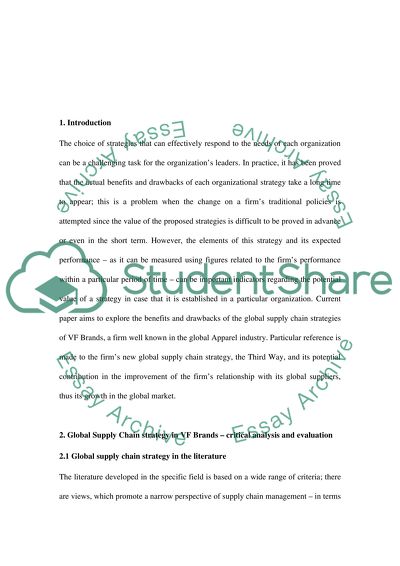Cite this document
(“E-Logistics Ning Essay Example | Topics and Well Written Essays - 3250 words”, n.d.)
Retrieved from https://studentshare.org/environmental-studies/1418640-e-logistics-ning
Retrieved from https://studentshare.org/environmental-studies/1418640-e-logistics-ning
(E-Logistics Ning Essay Example | Topics and Well Written Essays - 3250 Words)
https://studentshare.org/environmental-studies/1418640-e-logistics-ning.
https://studentshare.org/environmental-studies/1418640-e-logistics-ning.
“E-Logistics Ning Essay Example | Topics and Well Written Essays - 3250 Words”, n.d. https://studentshare.org/environmental-studies/1418640-e-logistics-ning.


